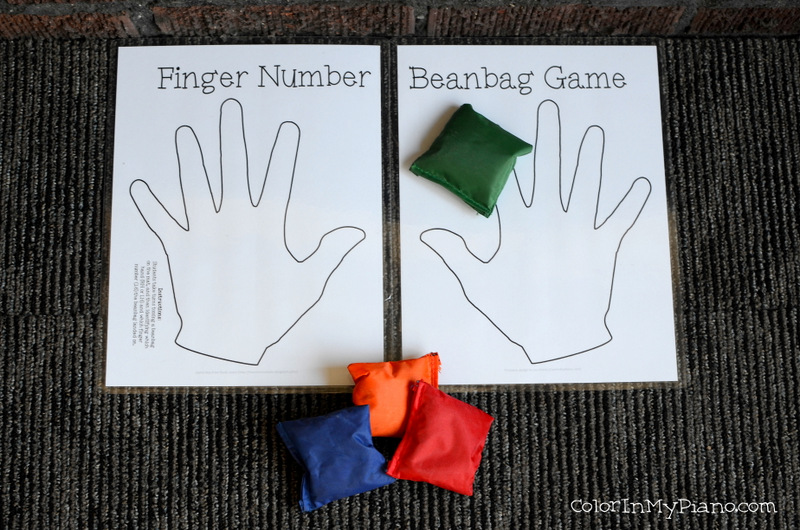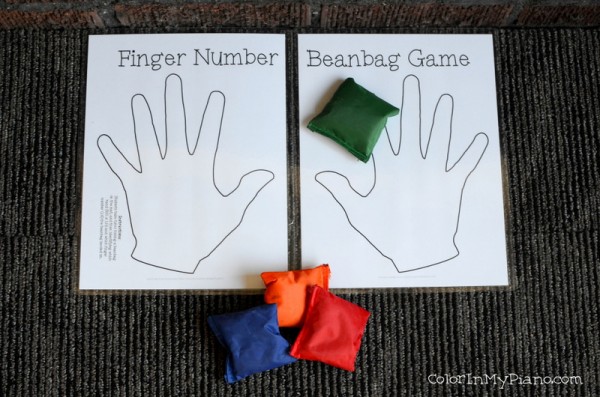 My blogging has been rather sporadic so far this month — this is a busy time of year for piano teachers, isn’t it! I’m so glad my Spring Recital is over, but this month is still somehow very booked. 🙂
My blogging has been rather sporadic so far this month — this is a busy time of year for piano teachers, isn’t it! I’m so glad my Spring Recital is over, but this month is still somehow very booked. 🙂
On Saturday, I had another Piano Party with my students. It was a small group of students this time because it was the tail-end of Spring Break when many students were out-of-town. However, I took advantage of the fact that I was working with just four students and planned to do something a little bit different this time! Our theme-of-the-day was chords. Students play duets with each other, one student playing a melody and the other accompanying with chords. Two students played on my Kawai, and the other two played on my keyboard which I set up in the guest bedroom.
One of the things we did was a duet improvisation with the 12-bar blues. Tim Topham has made a video that breaks down the 12-bar blues into manageable steps for teachers to use with
their students:
To help my students learn how to improvise the 12-bar blues, I created this printable:
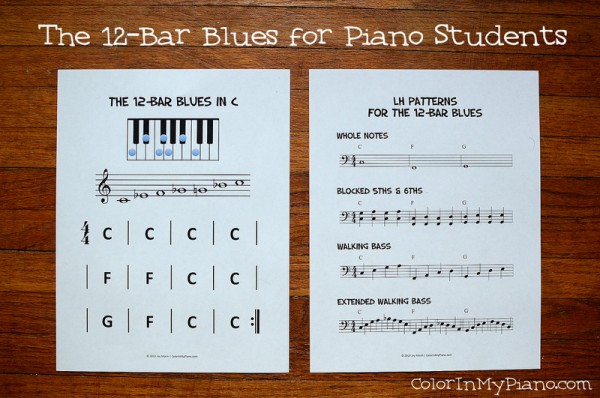
On page 1, the notes of the C blues scale are shown both on the keyboard and on the staff. I put the student sitting on the treble side of the keyboard in charge of playing a melody using these notes. If you are not doing a duet, this is simply the RH part. I helped the student work out a good fingering to use.
Then, I showed page 2 of the printable to the other student. I chose the “Blocked 5ths & 6ths” pattern and made sure the student understood how to play the pattern for each chord change.
Finally, I showed students the 12-bar blues progression on Page 1 and set them loose to work it out! The most important part, of course, was helping them learn to listen to each other to stay on beat. I went back-and-forth between the duet pairs and coached them throughout the process.
I plan to follow-up with these students during their next lesson, to further experiment with the 12-bar blues. It was a fun part of our Piano Party this month!
You can download the “12-Bar Blues in C” printable (it’s free!) on the Downloads > Sheet Music page.
 12-Bar Blues in C (642.8 KiB, 54,493 hits)
12-Bar Blues in C (642.8 KiB, 54,493 hits)


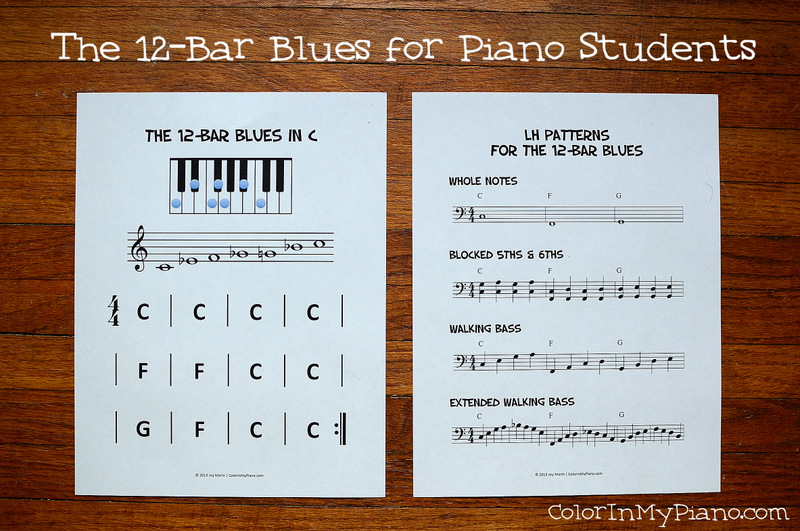
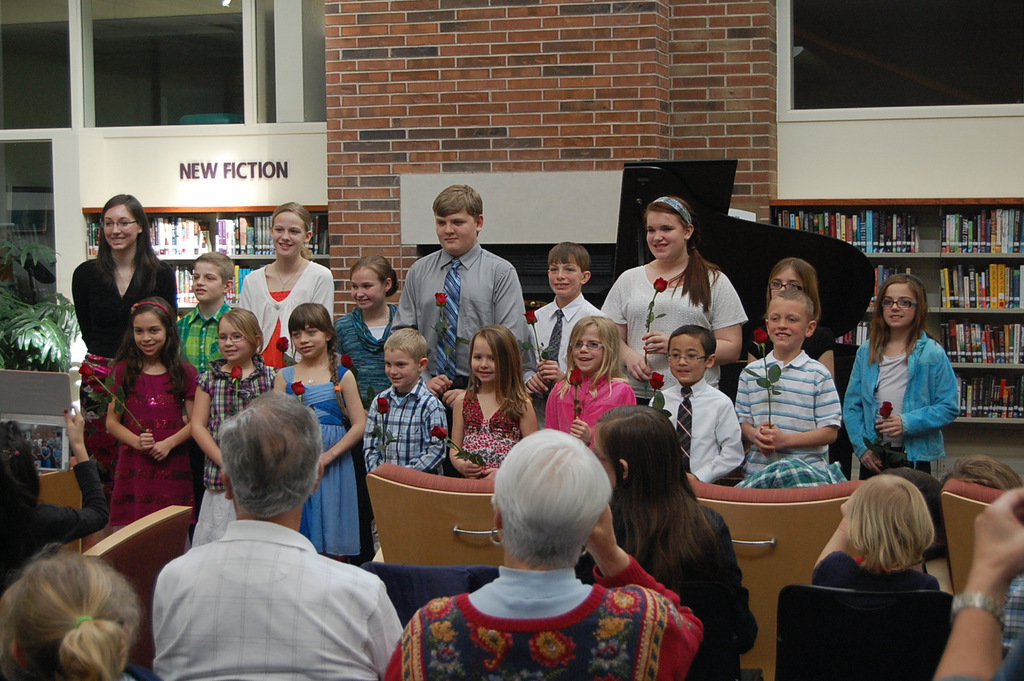
 In photo above you’ll see each student with a rose, which is a tradition I’ve kept up for the last few years. It’s nice to give something at the end of the recital, and giving a rose is a nice, affordable gesture to congratulate them for their performance and hard work.
In photo above you’ll see each student with a rose, which is a tradition I’ve kept up for the last few years. It’s nice to give something at the end of the recital, and giving a rose is a nice, affordable gesture to congratulate them for their performance and hard work.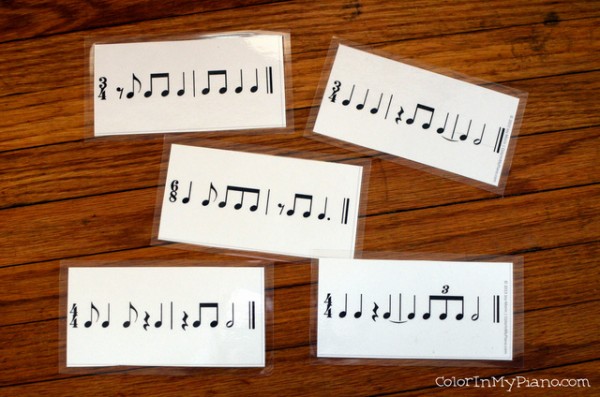
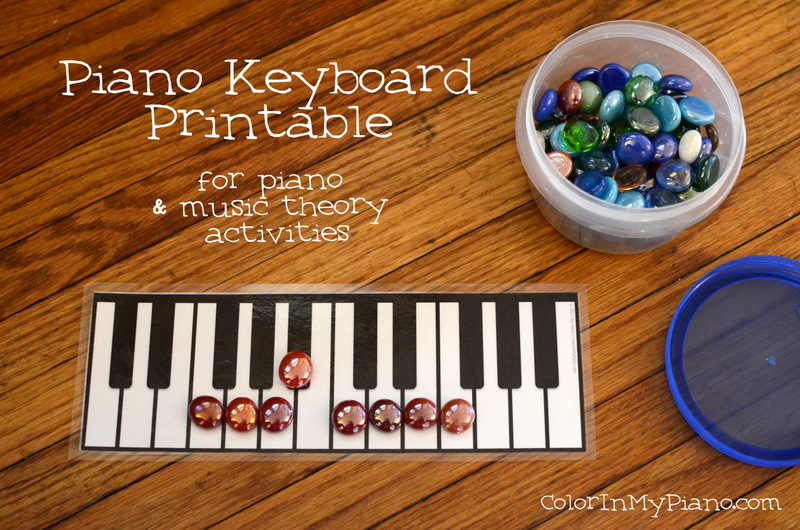
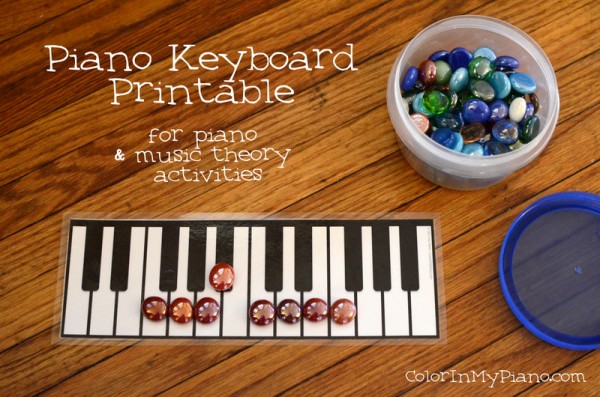
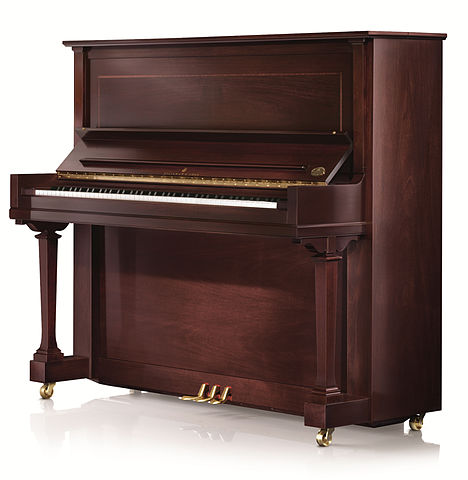
 At our last Forum Q&A, I asked about what piano books you studied from as a child. It was so fun reading all the responses! Read the comments
At our last Forum Q&A, I asked about what piano books you studied from as a child. It was so fun reading all the responses! Read the comments 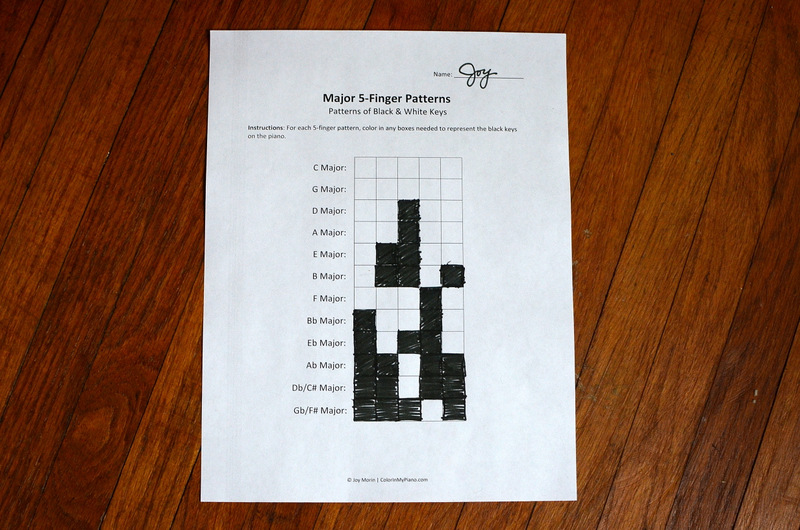
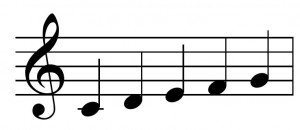 Every teacher approaches technique exercises a little bit differently. I usually start teaching students 5-finger patterns (aka pentascales) during the first month or two of study. I start by assigning the C Major 5-finger pattern (5FP) and sometimes G Major along with it. Every week or every-other-week, I add a new 5FP to their list, following the Circle of 5ths.
Every teacher approaches technique exercises a little bit differently. I usually start teaching students 5-finger patterns (aka pentascales) during the first month or two of study. I start by assigning the C Major 5-finger pattern (5FP) and sometimes G Major along with it. Every week or every-other-week, I add a new 5FP to their list, following the Circle of 5ths.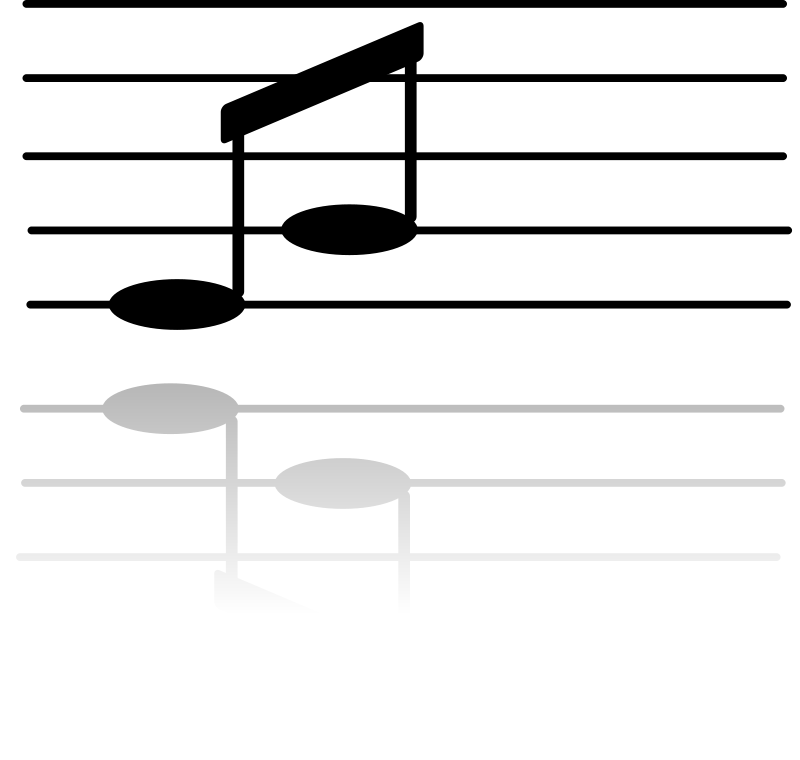
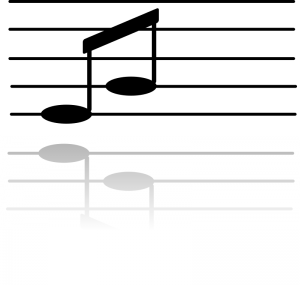 In the comment section of previous post, a reader asked for suggestions with helping a young student connect notes on the staff with their names and their corresponding piano key. I gave a response in the comment section, but thought I would share some of those thoughts with you all as a separate blog post!
In the comment section of previous post, a reader asked for suggestions with helping a young student connect notes on the staff with their names and their corresponding piano key. I gave a response in the comment section, but thought I would share some of those thoughts with you all as a separate blog post!
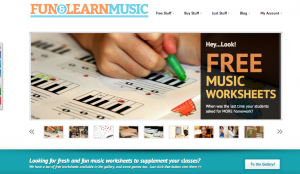 After finding the new
After finding the new 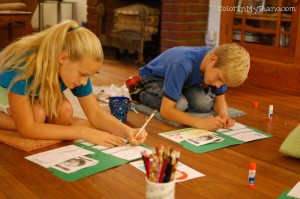 I have been receiving TONS of questions about my homeschool Music History Classes lately, so I decided to write a post that explains more about how I started and currently run the class.
I have been receiving TONS of questions about my homeschool Music History Classes lately, so I decided to write a post that explains more about how I started and currently run the class.
